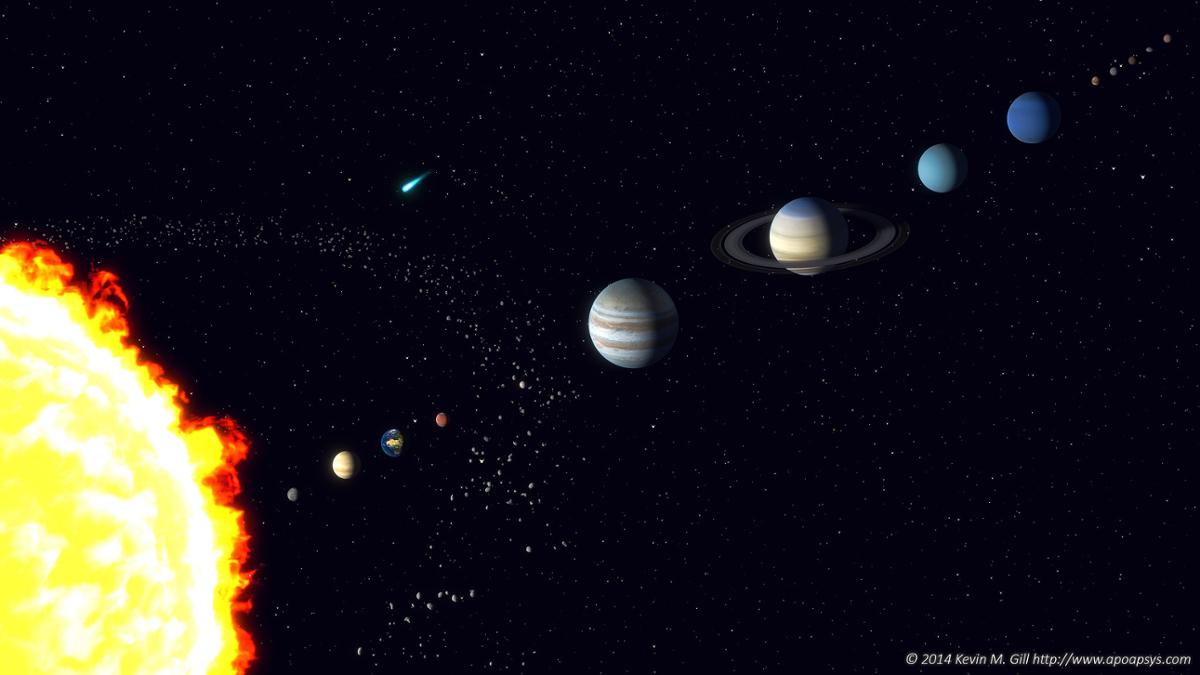They say Rome wasn’t built in a day. Well, not an Earth day. But what about a Martian day? Or a day on Saturn? How long are those?
A sidereal day is how long it takes a planet to rotate fully around its axis. On Earth that’s a little under 24 hours – 23 hours and 56 minutes, to be more precise.
A day on Mars, our closest neighbor, lasts about 24 hours and 37 minutes. NASA engineers who operate rovers on the red planet actually designed special watches to synchronize their schedules to the longer Martian day.
Since a day on our closest neighbor is nearly the same as a day on Earth, our other two rocky cousins, Mercury and Venus, must be similar, right?
Wrong. A day on Mercury lasts over 1400 hours – nearly two months our time. Its rotation is gravitationally locked with its orbit around the Sun, so every 3 days on Mercury equals two Mercury years.
Venus is even weirder. A day on Venus lasts longer than it takes the planet to travel around the sun: about a 243 Earth-day rotation compared with a 225 Earth-day year.
The gas giants are less weird. Sort of. Even though these planets are way bigger, they rotate way faster. Jupiter, Saturn, Uranus, and Neptune all have days that are shorter than Earth’s. Uranus’s is the longest at 17 hours. Jupiter’s is the shortest at just under 10.
How long’s a day on Pluto? Sorry, it’s not a planet any more. We’ll have to leave that for another day.










